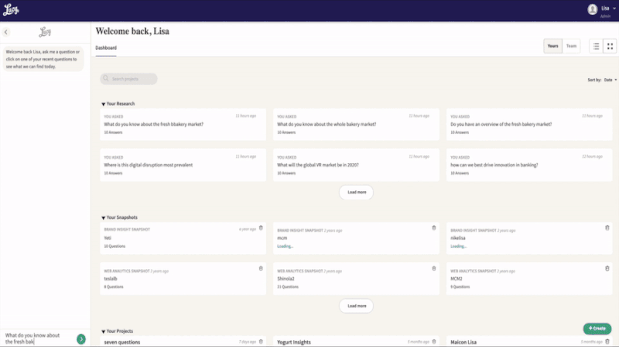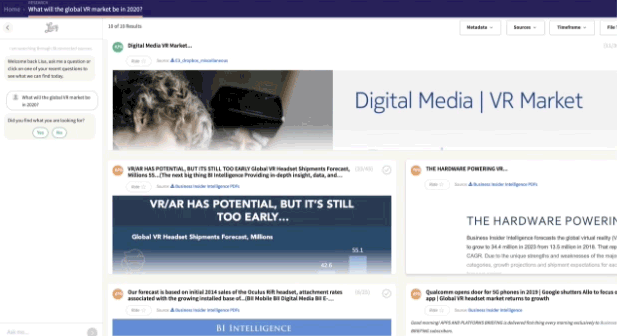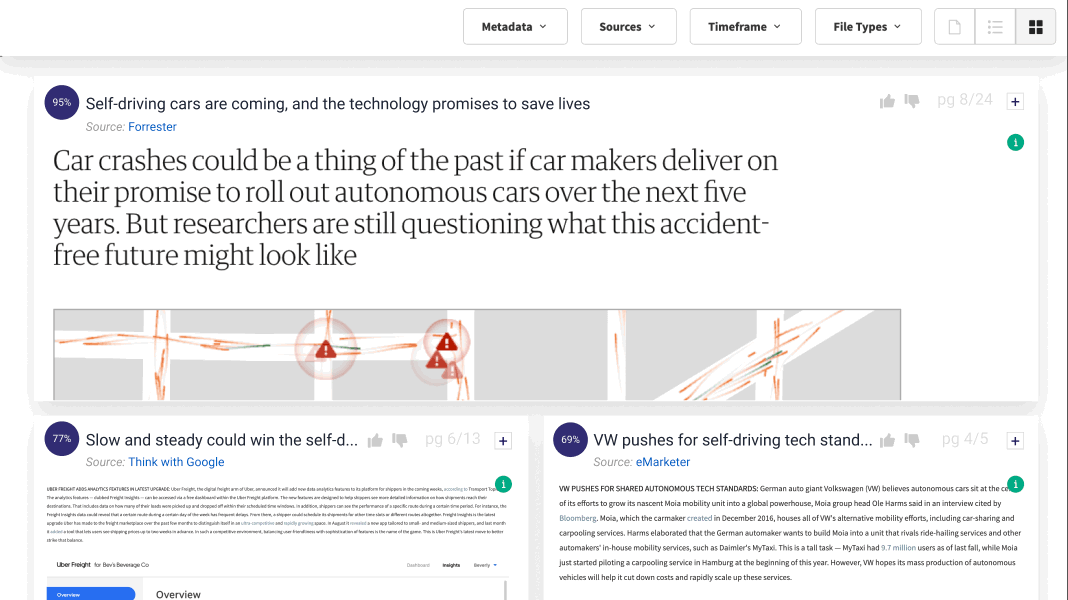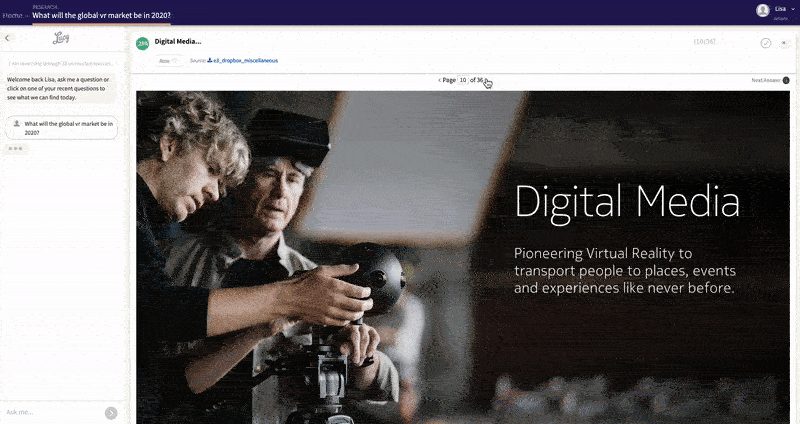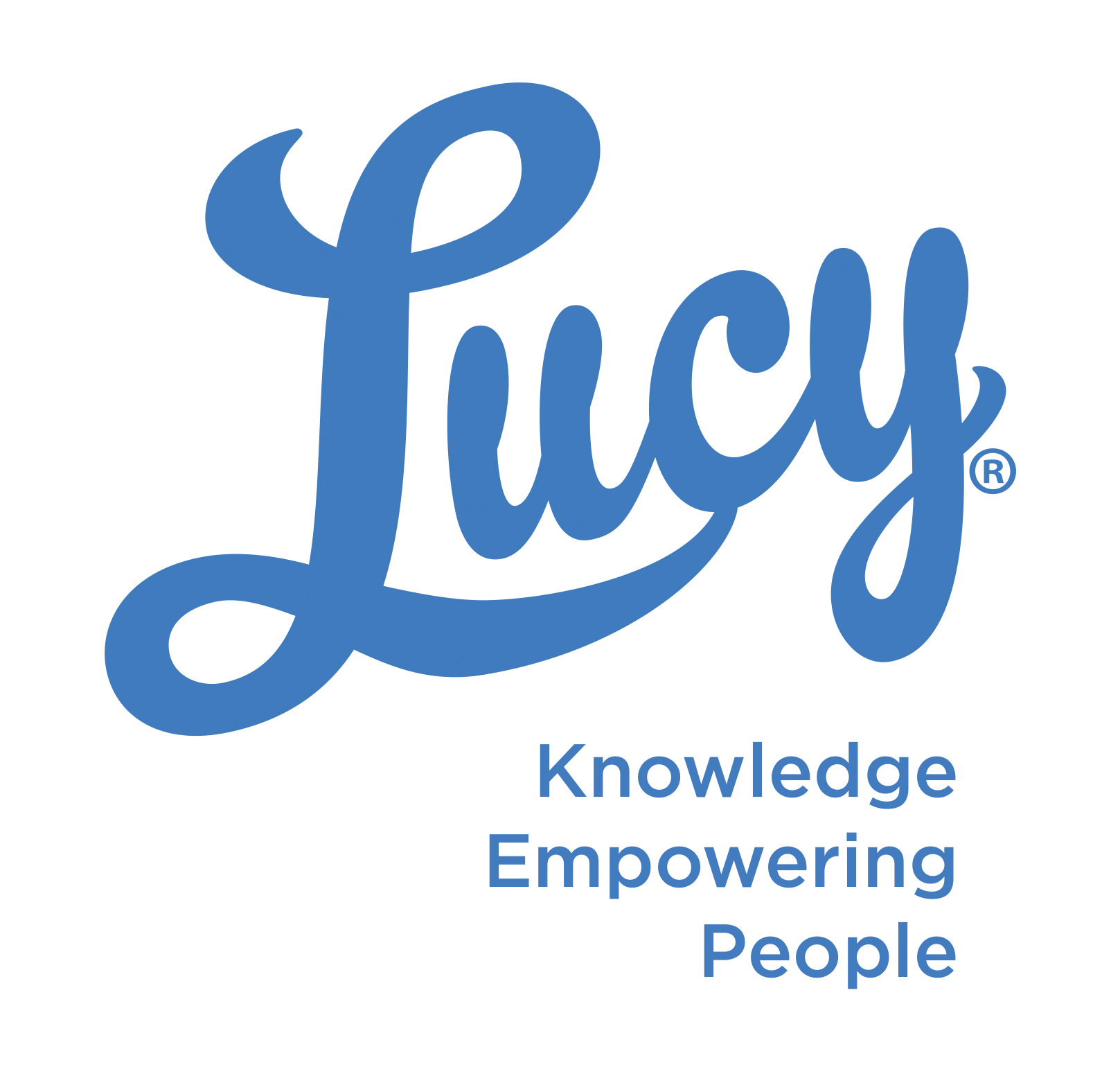
Over the last 20 plus years, there has been a constant tug of war between centralization and localization in the deployment of enterprise technology. As with most sides of a pendulum, there are benefits and issues with both.
Centralized Model
There are powerful benefits of a centralized model—vision, control, common infrastructure and investment. Centralized leadership can develop a vision that can be executed across the enterprise. Technology can be vetted, tested and approved that will serve all. Funding can be secured that allows a level of investment that can't be born by an individual business unit.
With these efficiencies issues still arise. Most notably that the unique needs to a local geography or business unit can be missed or de-prioritized. Adoption also is often hindered as those not part of the decision making process for buy in see it as something being done to them versus for them.
Decentralized Model
In contrast, the biggest benefit fo a decentralized model is that the system is specified, managed and controlled by the local business unit which can best serve that group’s needs and audiences. This is the best way to drive adoption. The solution is focused on solving the defined challenges of a specific group.
Again, there are also issues. Budgets in the local business unit are often not as deep as corporate. There is a loss of economies of scale. Too often there ends up being a myriad of similar yet different systems creating economic and technologic redundancy—not to mention increased support challenges.
A real world example of these extremes in play.
About 15 years ago, a Global 500 company out of the Midwest was highly de-centralized in their operations. They allowed each business unit to build their own divisional website. The result was over 200 websites and dozens of funded technology platforms providing similar functionality. Though each site was very focused to the specific business unit needs, the cost of redundancy and lack of a consistent customer experience across the enterprise was horribly expensive to the company.
To fix, they went to the other extreme. One global platform was created. All site development was mandated to be done through a central mechanism with a unified set of features, functions and centralized funding. The end result was obvious. The pendulum swung too far in the other direction with cookie cutter websites that barely resembled the needs of any given business unit and a centralized queue that left some businesses months away, or longer, from deployment.
So how do you find a balance?
In the end, the company found a hybrid model where there were centrally funded infrastructure technologies. Best practices that were developed for the deployment of sites with a unified online brand, UI and framework. Individual business units could fund sites that leveraged this global infrastructure yet be deployed by their local resources (internal or external) and customized with their unique content and features.
Hybrid Model
In many situations, this "hybrid" model will prove to be the best option. A central vision, playbook and infrastructure is funded and implemented to the benefit of the entire enterprise. From there, local control steps in—allowing the solution to be customized to best serve the unique needs of disparate audiences and better drive adoption across the enterprise.
In the case of Lucy, as we see more organizations deploying to the Enterprise, we are generally finding the hybrid model as the best path to support expansion:
Central funding and deployment allows for the initial investment benefit to be shared with all participating business units. Branding, UI and playbooks are developed for the entire enterprise. The system interfaces and connections can be funded once, shared with all.
Local business units have the power to create their own instances of the technology, loaded with their data and AI learnings. Where applicable, locally funded for unique data integrations that are critical to their business. (Plus, these integrations may yet benefit a wider enterprise audience over time should other business units later have similar needs.)
Organizations adopting the hybrid model receive the best of both worlds, combining scalability at the most efficient level of investment.

